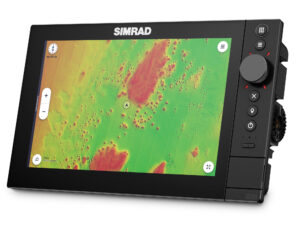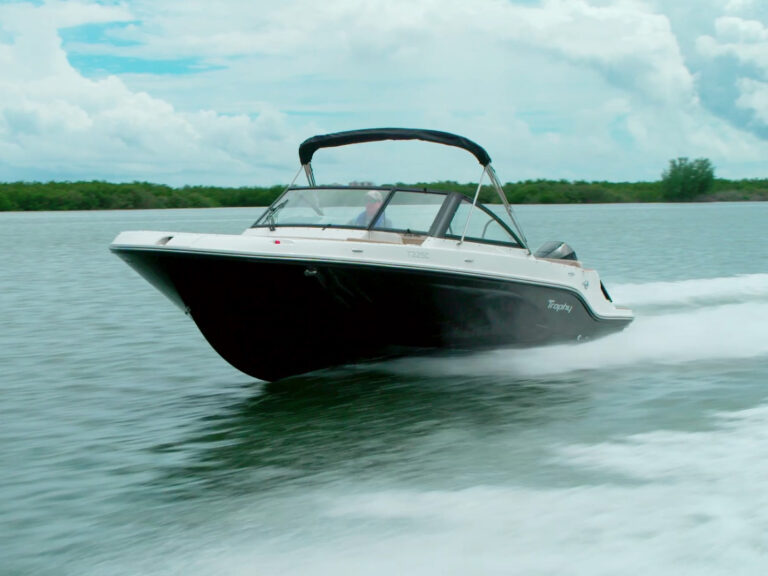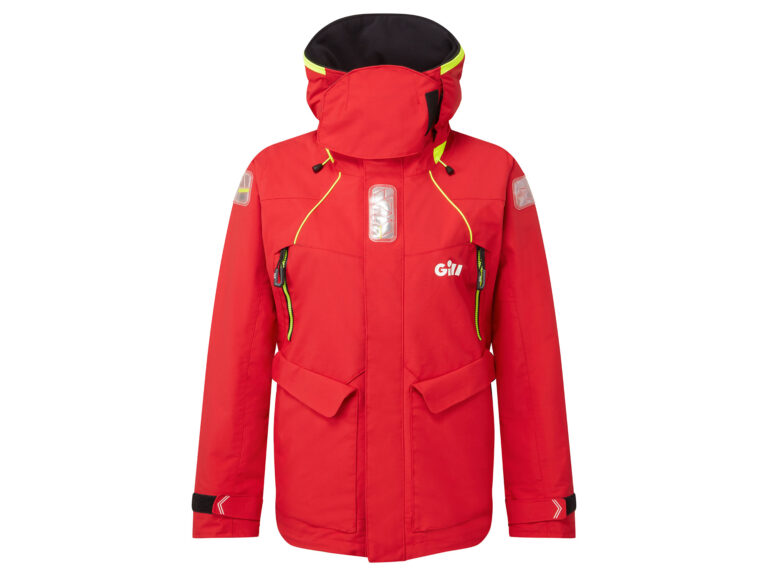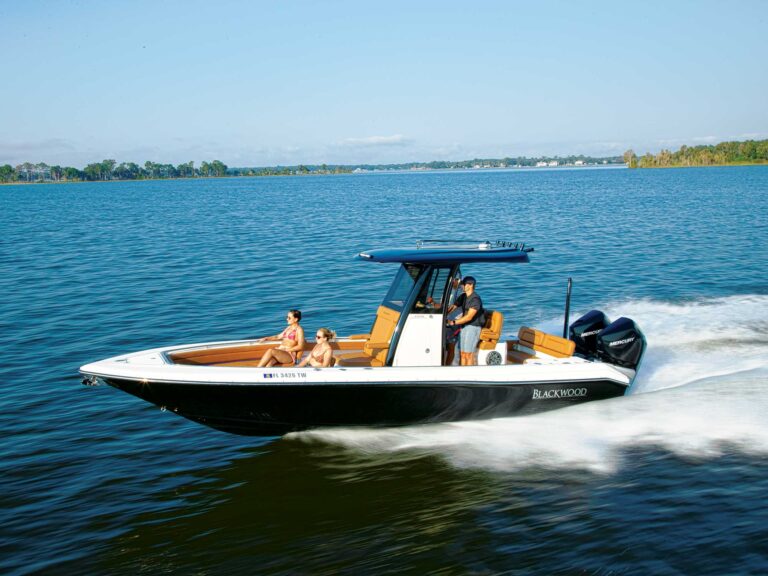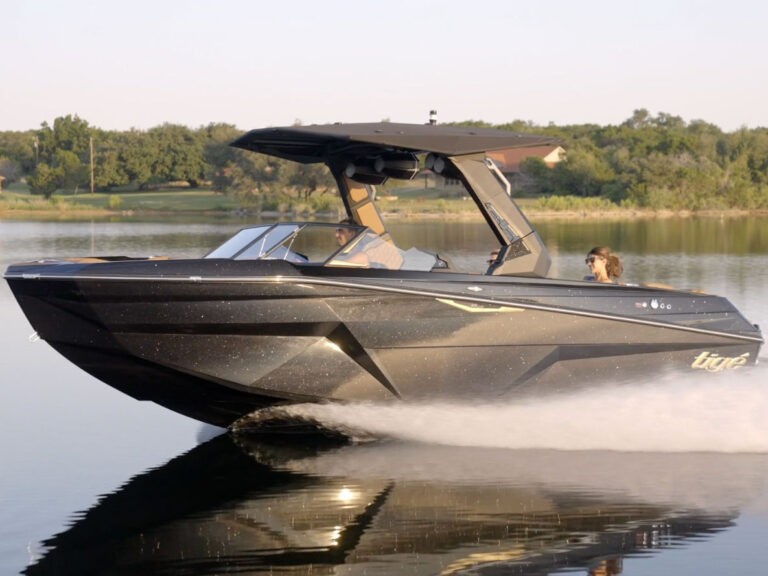We are all stars — at least in our own minds. And Facebook, Google+ and Twitter prove we love to tell the stories from our point of view. It’s that point of view for which these hero cams have been nicknamed POV cameras. Tackle and marine stores have sensed our conceit, so now it’s common to find their end caps stocked with popular POV cams.
But how do you know which features are necessary and which are just fluff? What are the most important attributes of a point-of-view camera?
POV cams are designed to shoot with a very wide angle focal length. That lets you mount them on a windshield, Bimini frame or wakeboard tower and record a panoramic view of all your boating fun.
How We Tested
We rated these five features on a scale of 1 to 3 for a total possible score of 15.
Close Focus: We pushed the lens to within inches of the target and noted the distance at which crispness diminished.
Lens Aberration: All lenses exhibit declining sharpness toward the image edge. We set cameras at 2-foot distances from a navigation chart, noting degree of blur at the edges.
Field of View: We shot video of a grid sheet from 2 feet. The lenses with 170 degrees at 1080 pixels had the widest FOV and received high scores. The CamOne offered that field of view only in 720 resolution. Contour+ got stuck on a narrow lens setting, giving a low FOV score. (That was responsible for its poor ease-of-use score.)
Video Clarity: We compared side-by-side clips of test panels, noting crispness of detail.
Ease of Use: Part judgment call and part reflection on features that worked sporadically — like the Drift housing buttons or the Contour Connect app — entered into this score.
Be sure to check back for detailed specs of the four cameras that were tested.
Tips and Accessories
You can get good video by guestimating the camera’s aim, thanks to the very wide angle lenses, but viewfinders are essential to being sure. We think they should be standard.
Remote triggers are a top-notch accessory. They are optional on all but the Drift. They give more control over what you shoot and save gigabytes on your microSD card.
MicroSD cards are the norm in POVs. GoPro uses a handier SD card. Buy high-speed, high-capacity cards for best results.
We like suction cup mounts but don’t trust them on applications where the camera could fall overboard. Tie a safety lanyard to the back of your camera and secure it to the boat.
RAM mounts offer aftermarket POV mounts that are rock-solid and a great choice for steadier shots on the boat. RAM made its nut selling laptop and radio mounts for military Humvees. They are solid.
You can jury-rig rail mounts with padded hose clamps.
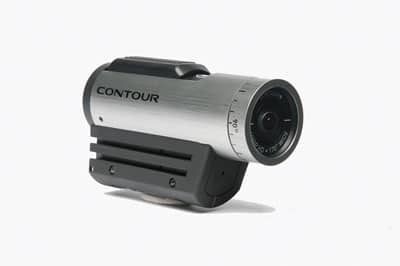
Contour+
$499
Top Line: Contour+ comes with a Bluetooth transmitter and GPS receiver. The Bluetooth links it to an iPhone, allowing precision aiming and settings adjustments. The GPS links location information to your video in the StoryTeller software — very cool. The lens rotates 270 degrees, mitigating the need for excess mounting accessories.
Wins: Integrating GPS position into videos adds a cool perspective. Loved the iPhone control and viewfinder app.** **
Losses: A self-timer would be handy, but we used time lapse in its place. You can’t Bluetooth-transmit to iPhone when it’s inside the underwater case. Both the iPhone app and StoryTeller were glitchy, hampering adjustments and viewfinding. It shoots only 5-megapixel still images.
Photo Finish: We found the cam to focus at under a foot but were disappointed in the field of view at HD — only 130 degrees. Video clarity was almost equal to the top scorer in our tests. We marked the camera down significantly because of glitches in the Contour Connect app that hampered adjustments. However, support response was rapid.
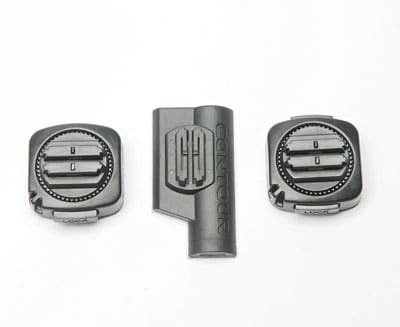
In the Box
Two rotating flat surfaces and one side mount give a few mounting options.

Options
Waterproof to 60 meters (197 feet) but the “Connect” app doesn’t work in the case.
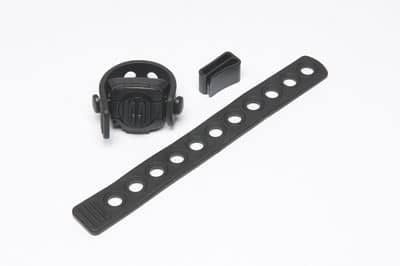
Many more mounting options with rotating base and straps.


Drift HD 1080p
$299
Top Line: The new Drift HD is functionally the same as the older version but has a more compact body and an extra back. The new hard underwater case fits only the new version. Drift was among the first to put a viewfinder on a POV cam, and it greatly eases operations. We wish the cam were more responsive to the stiff dive case buttons. The lens rotates 180 degrees, and standard mounts rotate and lock with a ratchet action. The remote control works within about 10 feet and functions nicely. One remote can operate multiple cameras, so check to avoid errors. The new design allows for lens changes, should one become damaged — and that’s a big plus considering the rough treatment POVs get. It boasts a generous 9-megapixel image capability.
Wins: Drift is among the easiest to use due to its viewfinder. The body has easy-access tripod threads on the camera and the case. So did CamOne, but the case threads were occluded by the swivel mount. Rubber armored body is waterproof to shallow depths without the case.
Losses: As much as we liked the operation of the cam, the plastic lens just didn’t deliver the clarity of the other contenders.
Photo Finish: A solid variety of mounting options, the widest field of view and waterproof armor raised its score, in spite of the low video clarity.

In the Box
Ample standards include a remote, extra back for mic access and tripod threads.

Options
The underwater case allows access to functions, but the stiff buttons are barely responsive.


CamOne
$250
Top Line: CamOne Infinity was a dark horse candidate that came in over the transom at the last minute. We were glad it did. It’s the tiniest of the POVs in our test, but its size didn’t hamper our ability to load in two microSD cards or make any of the possible adjustments between image capture options, time-lapse settings and video modes to 1080-pixel resolution. It shoots images at a respectable 9 megapixels. The lens rotates 360 degrees and sports a locking collar to hold its position. Both the cam and the case are threaded for a tripod. Besides the CamOne, only the GoPro has image burst mode, which lets one catch frame by frame every stage of a wakeboard face plant or the nuances of a perfect cast.
Wins: With two microSD card slots the CamOne can record 64 gigabytes of video. The 360-degree adjustable lenses are interchangeable to different focal lengths and offer unlimited camera angle adjustments. Only the Drift had superior tripod thread mounts. A video LED was a handy addition for low-light imaging. Easy operation is a plus.
Losses: The shortest battery life of the lot and lower video clarity took this winner down a notch.
Photo Finish: CamOne has a great design and is easy to use. We were disappointed in video clarity but impressed by overall value.

In the Box
Standard are dive box with tripod threads, and helmet, bike and flat surface mounts.
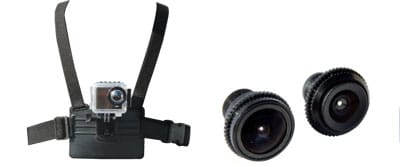
Options
Interchangeable lenses are cool, plus there are plenty of mounting options.


GoPro HD Motorsports
$299
Top Line: GoPro is probably the best-known name in hero cams. The motorsports package of mounts is ideal for boaters, and the only one we’d add is the optional handlebar mount for grab rails or Bimini top hoops. We had no difficulty adjusting the settings on the approximately 1/2-inch LCD screen, but the optional backpack viewfinder eased that process and is essential in aiming the cam. GoPro plans a Wi-Fi app for smartphones shortly, but let’s hope it works more consistently than the Contour+. A completely waterproof case doesn’t let the camera record sound well, so GoPro includes an open back for the case that protects from direct wind and spray, allowing better sound. Like the CamOne, adjustments were easily made with the camera in or out of the underwater case.
Wins: High clarity, lower lens aberration and a close focus made this a strong contender in our tests.
Losses: The auto white balance system failed to render appropriate flesh tones and turned our blue grid panel gray, but worked fine in any normal shooting conditions. Ease-of-operation score was marked down due to lack of a standard viewfinder found in competitors’ cameras.
Photo Finish: GoPro gave solid video — the best of the test field. It lacked standard GPS and viewfinder but came with superior video power.

In the Box
A flat mount, a suction cup mount, articulating elbows and an open back for improved mic pickup complete the package.
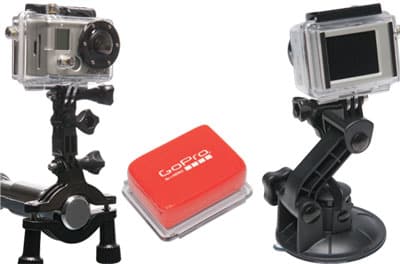
Options
An optional viewfinder backpack eliminates the headache of not knowing what the camera sees.
A floating backpack eases recovery.
The rail mount is ideal for wakeboard towers or Bimini tubes.

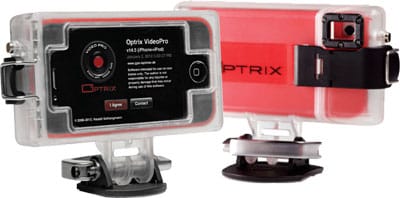
iPhone
More photos and videos are taken with smartphones today than all cameras put together. So Optrix decided this waterproof iPhone case and POV mount were just what the world wanted. Coupled with the Optrix VideoPro app ($9.99), the case ($89.99) can do some cool things, like show speed, G-forces and, using the phone’s GPS, a map of your track. If you just want to dip your toe in the water, a free app still lets you adjust resolution and frames per second and lock focus for ideal action videography.
Downside? The current version uses the standard focal-length lens. A new version out soon has a wide angle adapter for true POV style.




